
Safety
Risk is part of life for everyone, whether they have epilepsy or not. However, when you have epilepsy it can be important to take additional safety precautions. You might do this without realising for example: planning your travel arrangements, telling people where you are going, carrying medical ID or telling people about your epilepsy.
What affects your risk
How people consider risk varies and everyone’s experience of epilepsy is very different.
How risky something is may depend on:
- If you currently have seizures
- When you have seizures
- The type of seizures you have
- How your seizures affect you
- Whether you have any other medical conditions
Fast facts


The highest risks involve water, heights, traffic and sources of heat
If your seizures are controlled, your safety may not be affected by your epilepsy
If an organisation or service requires a risk assessment this should be done with you, not for you
If you always get a warning, or if your seizures are always in your sleep, daytime activities might not carry any additional risk
Top tips
- Tell people you have epilepsy and how to help if you have a seizure
- You know about your epilepsy. Plan ahead to make decisions about how risky an activity is and if needed put safety measures in place
- Your wellbeing is important too, so decide if the benefits of doing an activity outweigh the risks
- Consider wearing or carrying medical ID. There are lots of options and styles available
- Consider finding out about out about seizure alarms. They could give you and your family more peace of mind
Keeping safe at home
Here are some safety ideas for at home:
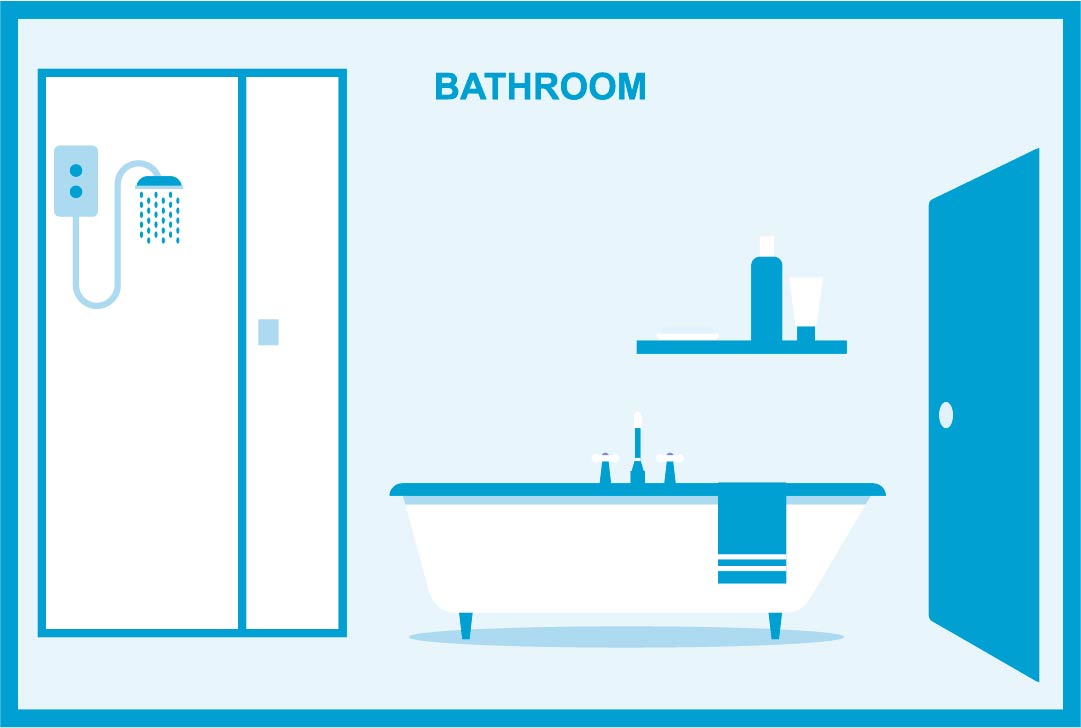
Shower
The risk of drowning is lower than when using a shower, rather than a bath
Taps
Bath taps and shower fittings that sit close to the wall, have a lower risk of banging against them. Or cover them with padded material like a thick towel
Bath
Keep the water shallow, but this doesn’t remove the risk entirely. You could ask someone to sit outside the bathroom
Bath #2
Reduce the risk of scalding and drowning by running the cold tap first, and turning the taps off before you get in
Door
A bathroom door that opens out rather than in is safer. Then if you have a seizure behind the door, it’s much easier to get to you. Keep the door unlocked and tell someone if you’re taking a bath
“Sometimes I really want to have a bath so I ask my mum or sister to sit outside the bathroom and talk to me.”
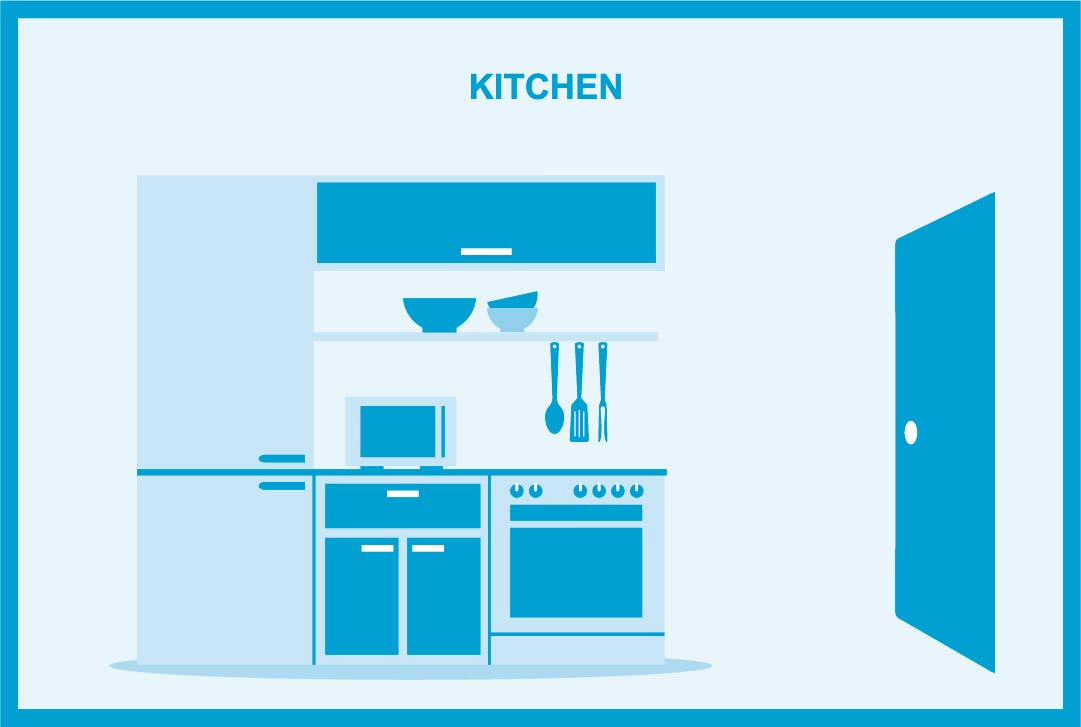
Door
If you wander during your seizures, keep external doors locked
Door
Don’t keep your door key in the lock. If someone else has a key, it might stop them being able to get in
Cooker
Put saucepans at the back of the hob and turn handles away from the edge, so they don’t get knocked over
Microwave
It’s safer to use a microwave rather than other types of cooker
“On a good day I batch cook meals and put them in the freezer. Then on a bad day when I don’t want to risk boiling rice or pasta, I’ve got something yummy to eat that just needs heating in the microwave.”
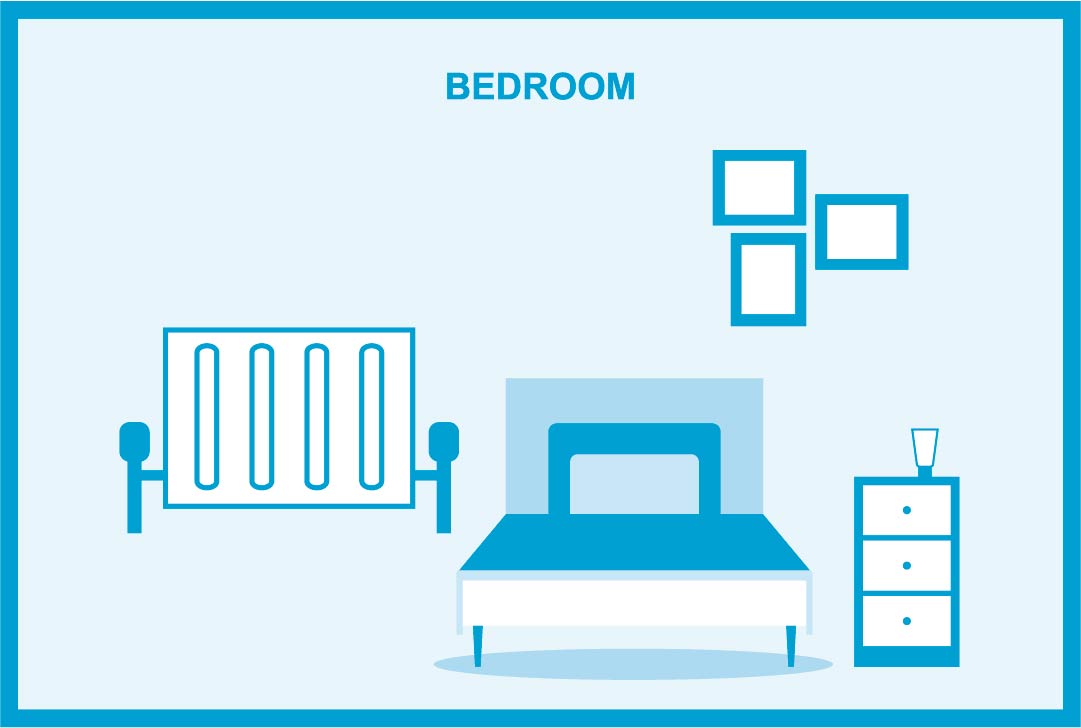
Sharp corners
Consider covering up sharp corners on furniture and moving furniture away from the bed
Bed
If you have seizures at night, choose a bed that is lower to the floor. Place cushions or a thick rug around the bed
Heating
Put fire guards on radiators and fires to avoid burns during a seizure. Don’t put the bed next to the radiator
Pillows
Safety pillows have small holes. They may help you breathe more easily than a normal pillow if you are lying face down when having a seizure
“There are cushions dotted around the house so if I have a seizure, my housemates don’t have to go off searching for something to put under my head.”
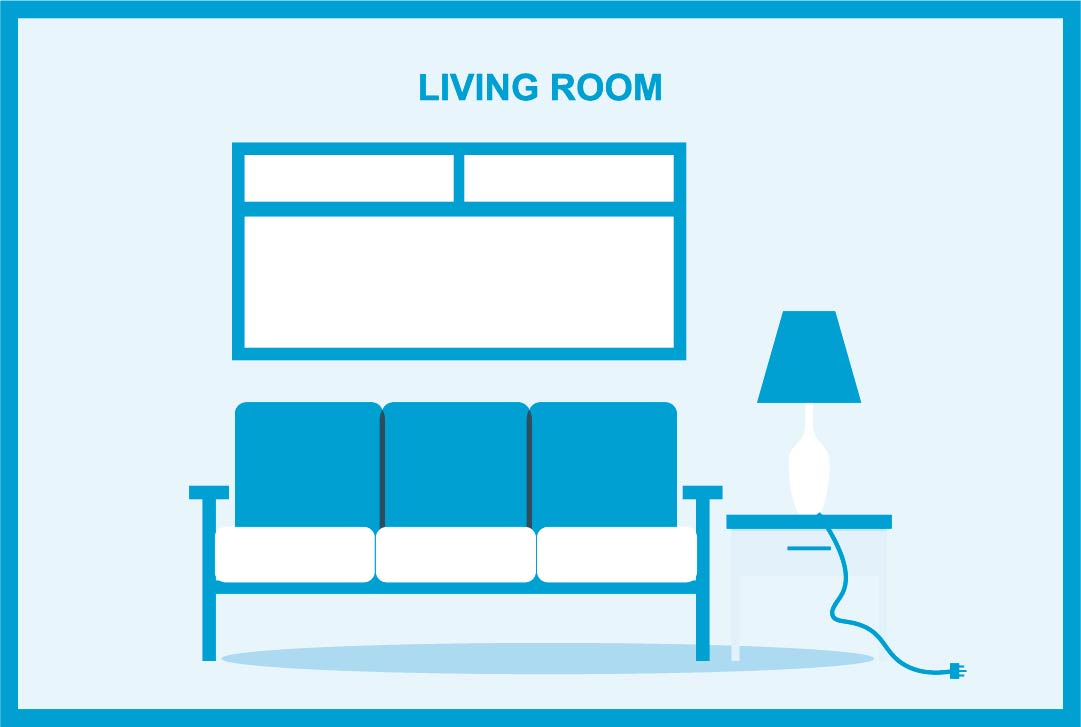
Windows
Toughened safety glass, double glazing or safety film make windows safer. Window locks or restrictors are a good idea
Lamps
Avoid using halogen bulbs in lamps as they reach high temperatures and could cause burns or fires. LED bulbs are safer
Cables
Avoid trailing cables
Floor
Avoid hard floor surfaces or synthetic carpets that can cause friction burns
“When I moved into my first house-share, the lounge had wooden floorboards. My dad bought me a big fluffy rug for the floor as a housewarming present.”
Alarms and monitors
Some people use alarms or monitors to alert other people to seizures. Whether they are useful for you will depend on a what happens to you during a seizure and if you have someone around to reliably respond and help you.
Click or tap the pictures below to find out more
-
Wrist worn sensors
Some sensors detect changes in heart rate, others detect movement so work best for certain types of seizure
-
Bed monitors or alarms
These can detect different types of seizures. They monitor different things: movement, leaving the bed, vomiting, incontinence or sound. They work by sending an alert to a pager or a telecare service
-
Video monitors
These are designed to detect any unusual movements and are connected to a device such as a smartphone or tablet to sound an alarm
-
GPS trackers
These allow people to find out where you are, using GPS technology. There are lots of apps that track a phones location
“
I have a watch that sends an alert to a pager if I have a seizure. My husband carries the pager so he doesn’t always have to have his phone with him. I also have bed alarm.”
“
My mum wanted me to put a tracker on my phone. I call it the stalker app. It’s made her feel better, so I’m alright with having it.”
“
I work on my own quite a bit. My company gave me a tracker. If they get alerted assistance will come out straight away or will call 999 if needed.”
Medical ID
There’s different types of medical ID available.
Medical ID jewellery
Medical jewellery usually has an internationally recognised medical symbol. It tells medical staff you have a medical condition.
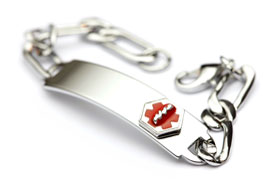
Some types of ID jewellery can be engraved with the information of your choice, while some include space for paper inserts.
Some ID jewellery companies offer a 24 hour helpline service, for which you pay an annual subscription charge. This allows emergency services to call the number on the jewellery to get further details about you and your epilepsy.
The Epilepsy Action website has details of different types of medical ID jewellery and stockists.
Medical ID cards
These can be printed with information about you, your epilepsy and what to do in an emergency. Or they can be ones where you fill in the details yourself.
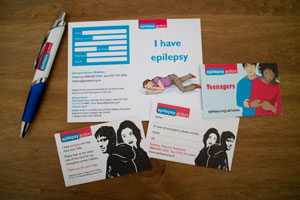
You can get a free epilepsy ID card from Epilepsy Action. The Epilepsy Action website has details of stockists of ID cards printed with your information. Or you can type ‘medical ID card’ into a search engine.
Phone apps
Some smartphones have a feature allowing people to access medical information of your choice from the phone’s lock screen, without having to unlock the phone.
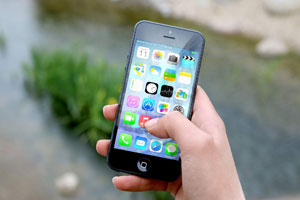 This allows anyone helping in an emergency to check your medical information.
This allows anyone helping in an emergency to check your medical information.
For some types of smartphone you may need to download an app. To find one that works on your phone, search for ‘medical ID app’ in your phone’s app store.
Stories by you
Anky shares her experience of keeping safe.
Reducing risks
Looking at ways of managing risk may help you do the things you enjoy. That way you can be as independent as possible while still keeping safe. Having a plan in place can help you feel comfortable about trying new things or going out. It can also help you to decide if the benefits of doing something outweigh the risks.
Here are some safety check questions to think about:
-
What is the activity/situation?
- When and where will the activity happen?
- Will there be other people with you?
- Will there be any potentially dangerous tools or equipment involved?
- How far would you be from help, if you needed it?
-
What is it about your seizures that may put you at risk?
- What happens when you have a seizure?
- How long do your seizures last?
- How often do you have seizures?
- Do your seizures follow any kind of pattern?
- Do you have any triggers?
- Do you get a warning before a seizure?
- How quickly do you recover from a seizure?
-
What can you do to make this activity safer for you?
- Do you need someone to be with you?
- Do you need any extra equipment?
- Do you need the activity to be changed in any way?
- Do you need any changes to the environment?
-
Do you have to decide not to do the activity?
There may be some activities where you think the risk is too great, and decide not to do them.
Do something
Think about something you do or would like to do. Go through the safety check questions above and think about if there is anything you could do to make it safer for you.








